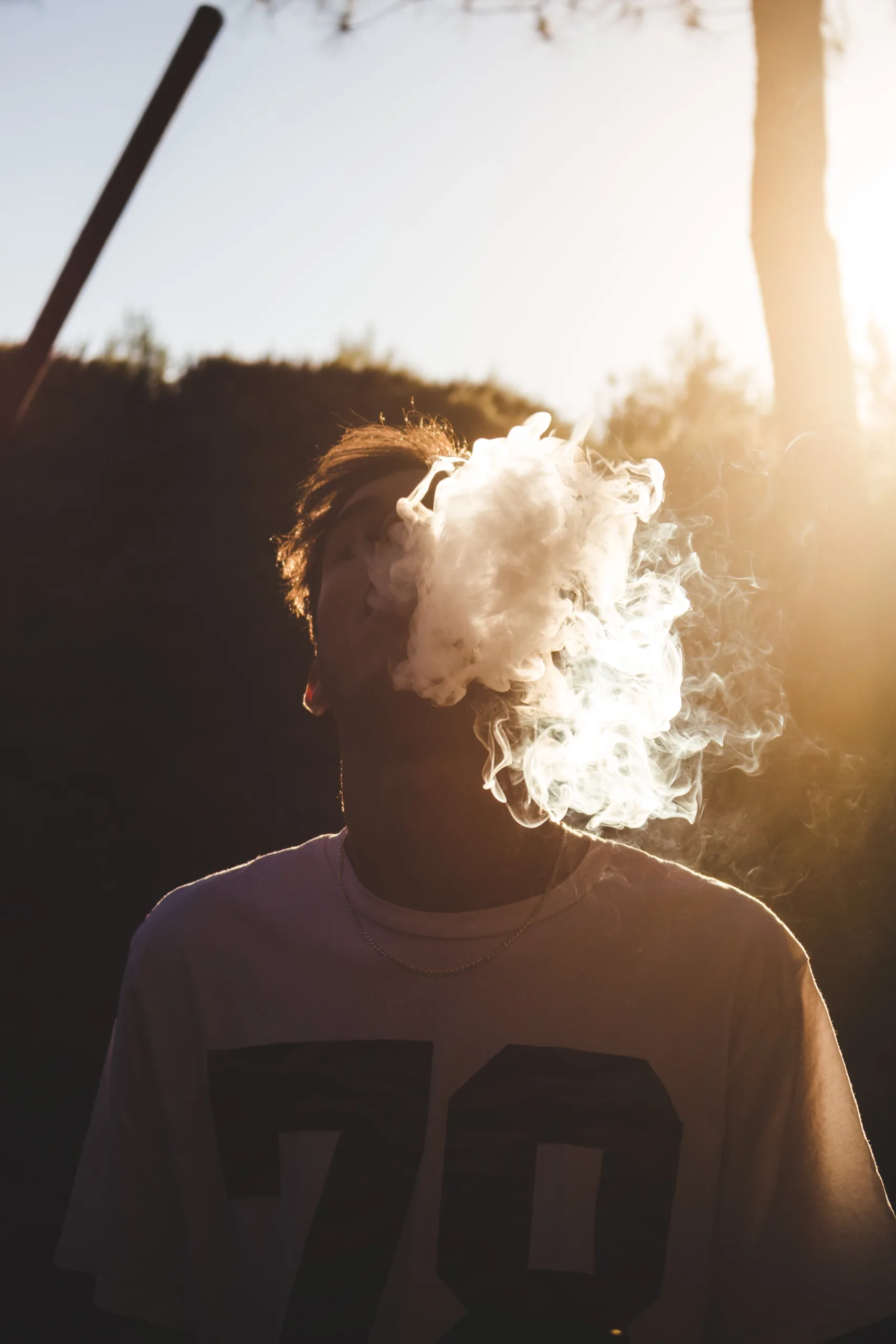The issue of vaping, and how can teenagers obtain nicotine vapes?

What impact does it have on kids? Are any actions being taken? Recent studies demonstrate how pervasive addiction has become. According to the first nationwide study initiative, Generation Vape, which polled 700 teenagers, more over 30% of those between the ages of 14 and 17 vape.
Despite the fact that nicotine is frequently left off of the ingredient list, we are aware that the majority of vapes include the drug.
The Therapeutic Goods Administration recently examined 214 vaping items, and found that 190 of them contained nicotine. Teenagers as young as 13 are calling Quitline, and Mark Butler, the federal health minister, thinks the statistics are disturbing.
In Australia, it is against the law to sell goods, regardless of nicotine concentration, to anybody under the age of 18.
In Australia, it is also forbidden to buy, sell, or possess e-cigarettes or any other liquid containing nicotine without a prescription from a physician.
Despite the fact that their goods contain nicotine, providers have been getting around this by omitting it from the ingredients list.
In the Generation Vape poll, more than 25% of young people stated they purchased their vapes directly from convenience stores or tobacconists.
Children also acquired vapes via peers, friends, and family members who smoke, as well as from internet retailers.
Vapes can contain hundreds or thousands of puffs and range in price from $5 to $30.
Are any actions being taken?
Butler revealed a federal government strategy to target the e-cigarette market on Wednesday. He declared that the TGA would first oversee public engagement on issues including stricter importation regulations and more stringent labelling legislation.
In order to change the situation, he stated, “we need to examine where the current regulatory framework falls short and what action governments might take.” A lot of state health administrations have also formed teams to control the expanding issue by vetting products and responding to citizen tips. In the 18 months leading up to September, operations in New South Wales alone resulted in the seizure of more than 157,000 nicotine-containing vapes.
Carolyn Murray, head of public health initiatives for the NSW health department, advised shops to “expect that their items contain nicotine in them” even if they are not labelled as such.
According to Prof. Emily Banks, an epidemiologist at the Australian National University and a renowned authority on tobacco control, nicotine is one of the most addictive drugs in the world.
Dr. Krista Monkhouse, a paediatrician who works with a programme for young people with drug and alcohol problems, claims to have seen kids who can’t go a day without a puff and, in some circumstances, even a night.
According to Monkhouse, nicotine use during adolescence can impair the regions of the brain that regulate attention, learning, emotion, and impulse control. The human brain continues to develop until about age 25.
She does, however, caution that the withdrawal symptoms could be severe.
They consist of sleeplessness, difficulties concentrating, problems regulating emotions, and sad mood.
It can be more difficult to stop vaping than to stop smoking.
Ref: https://www.theguardian.com/australia-news/2022/dec/02/explainer-how-bad-is-australias-vaping-problem-and-how-are-teens-getting-nicotine-vapes
If the problems described in this article are causing you distress, please contact us, and we will try to help you with your situation.

